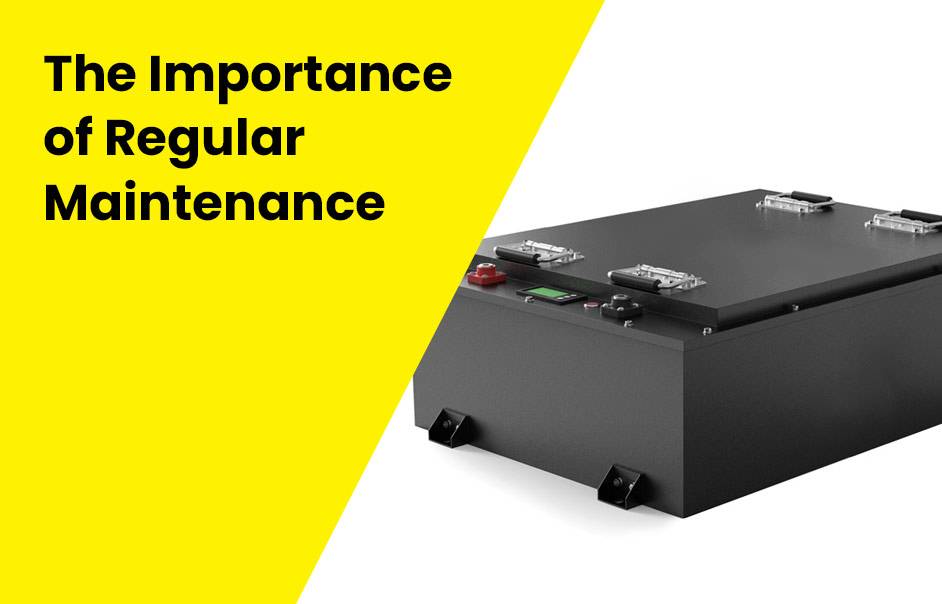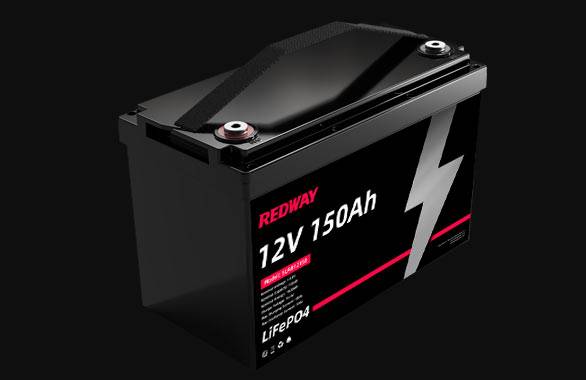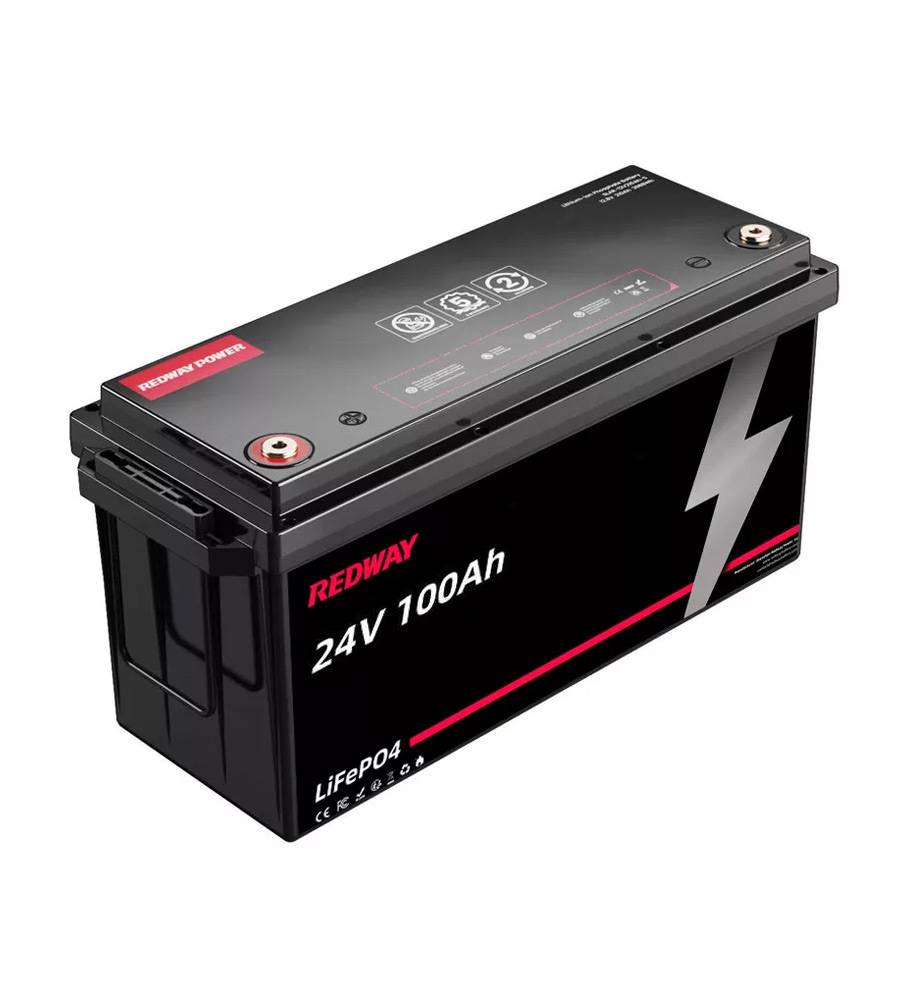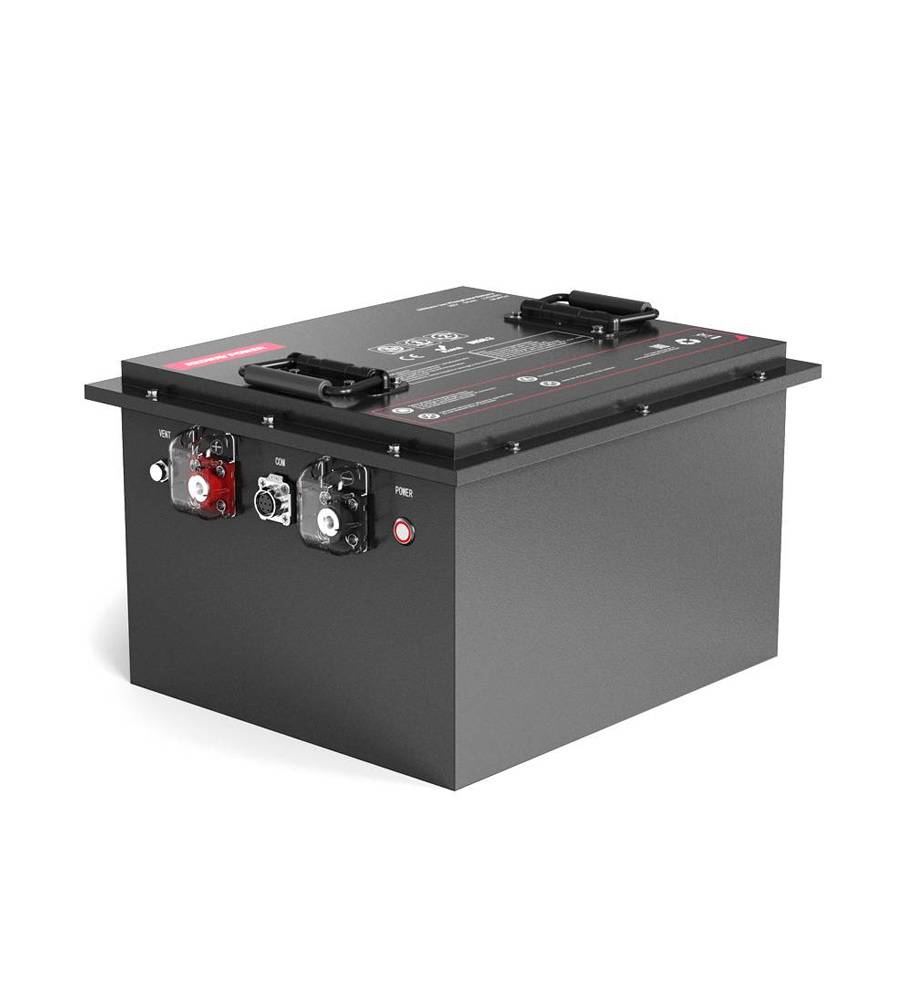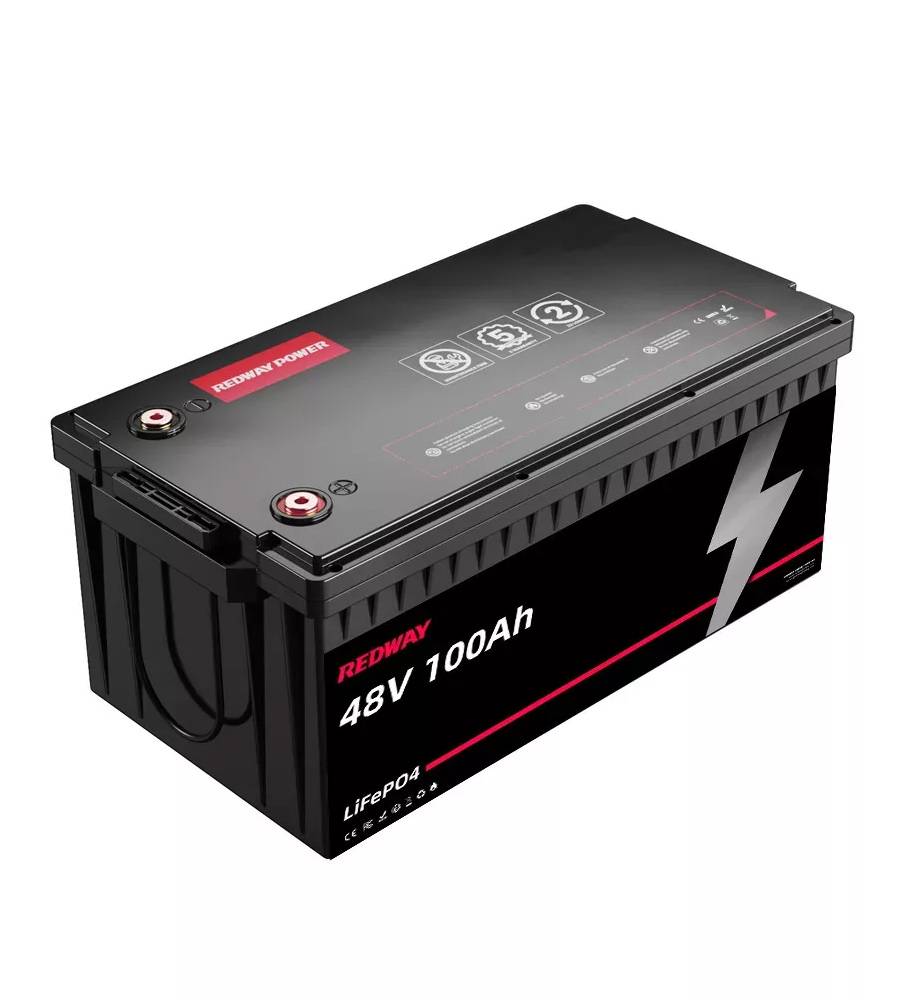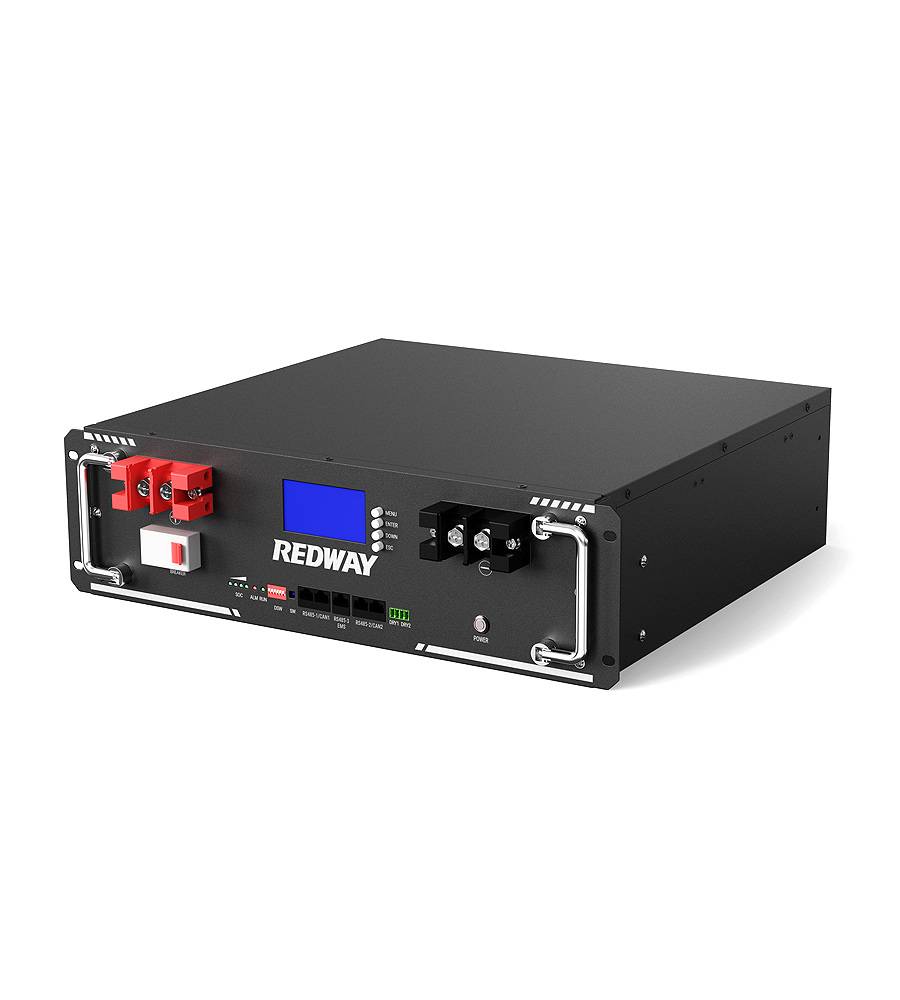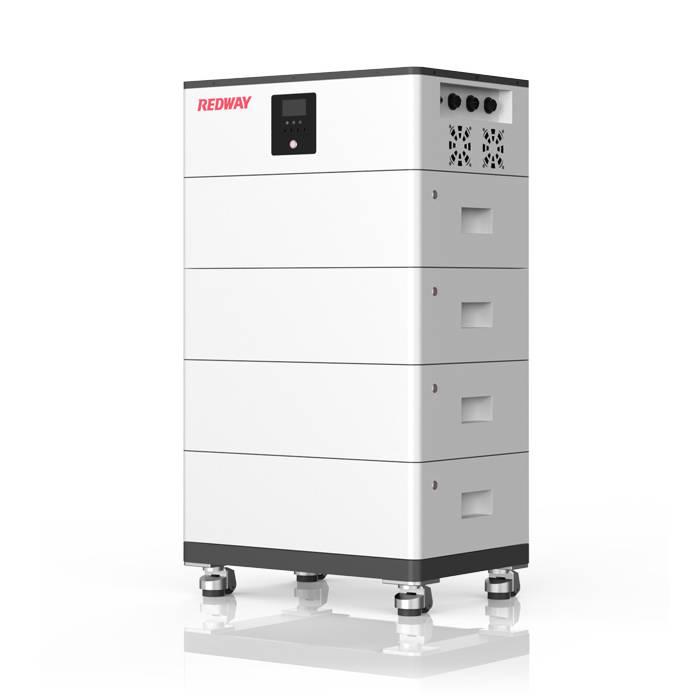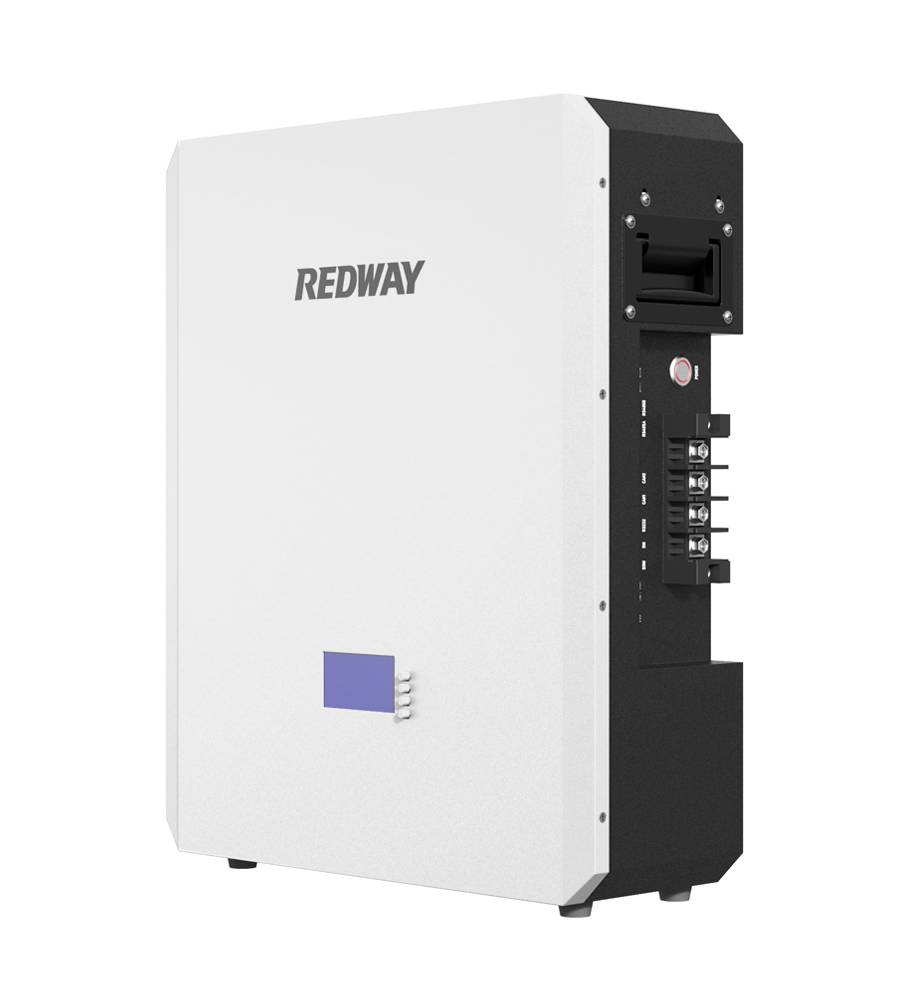- Forklift Lithium Battery
-
48V
- 48V 210Ah
- 48V 300Ah
- 48V 420Ah (949 x 349 x 569 mm)
- 48V 420Ah (950 x 421 x 450 mm)
- 48V 456Ah
- 48V 460Ah (830 x 630 x 590 mm)
- 48V 460Ah (950 x 421 x 450 mm)
- 48V 460Ah (800 x 630 x 600 mm)
- 48V 460Ah (820 x 660 x 470 mm)
- 48V 500Ah
- 48V 560Ah (810 x 630 x 600 mm)
- 48V 560Ah (950 x 592 x 450 mm)
- 48V 600Ah
- 48V 630Ah
-
48V
- Lithium Golf Cart Battery
- 12V Lithium Battery
12V 150Ah Lithium RV Battery
Bluetooth App | BCI Group 31
LiFePO4 Lithium
Discharge Temperature -20°C ~ 65°C
Fast Charger 14.6V 50A
Solar MPPT Charging - 24V Lithium Battery
- 36V Lithium Battery
- 48V Lithium Battery
-
48V LiFePO4 Battery
- 48V 50Ah
- 48V 50Ah (for Golf Carts)
- 48V 60Ah (8D)
- 48V 100Ah (8D)
- 48V 100Ah
- 48V 100Ah (Discharge 100A for Golf Carts)
- 48V 100Ah (Discharge 150A for Golf Carts)
- 48V 100Ah (Discharge 200A for Golf Carts)
- 48V 150Ah (for Golf Carts)
- 48V 160Ah (Discharge 100A for Golf Carts)
- 48V 160Ah (Discharge 160A for Golf Carts)
-
48V LiFePO4 Battery
- 60V Lithium Battery
-
60V LiFePO4 Battery
- 60V 20Ah
- 60V 30Ah
- 60V 50Ah
- 60V 50Ah (Small Size / Side Terminal)
- 60V 100Ah (for Electric Motocycle, Electric Scooter, LSV, AGV)
- 60V 100Ah (for Forklift, AGV, Electric Scooter, Sweeper)
- 60V 150Ah (E-Motocycle / E-Scooter / E-Tricycle / Tour LSV)
- 60V 200Ah (for Forklift, AGV, Electric Scooter, Sweeper)
-
60V LiFePO4 Battery
- 72V~96V Lithium Battery
- Rack-mounted Lithium Battery
- E-Bike Battery
- All-in-One Home-ESS
- Wall-mount Battery ESS
-
Home-ESS Lithium Battery PowerWall
- 24V 100Ah 2.4kWh PW24100-S PowerWall
- 48V 50Ah 2.4kWh PW4850-S PowerWall
- 48V 50Ah 2.56kWh PW5150-S PowerWall
- 48V 100Ah 5.12kWh PW51100-F PowerWall (IP65)
- 48V 100Ah 5.12kWh PW51100-S PowerWall
- 48V 100Ah 5.12kWh PW51100-H PowerWall
- 48V 200Ah 10kWh PW51200-H PowerWall
- 48V 300Ah 15kWh PW51300-H PowerWall
PowerWall 51.2V 100Ah LiFePO4 Lithium Battery
Highly popular in Asia and Eastern Europe.
CE Certification | Home-ESS -
Home-ESS Lithium Battery PowerWall
- Portable Power Stations
How Do You Check for Battery Problems Effectively?
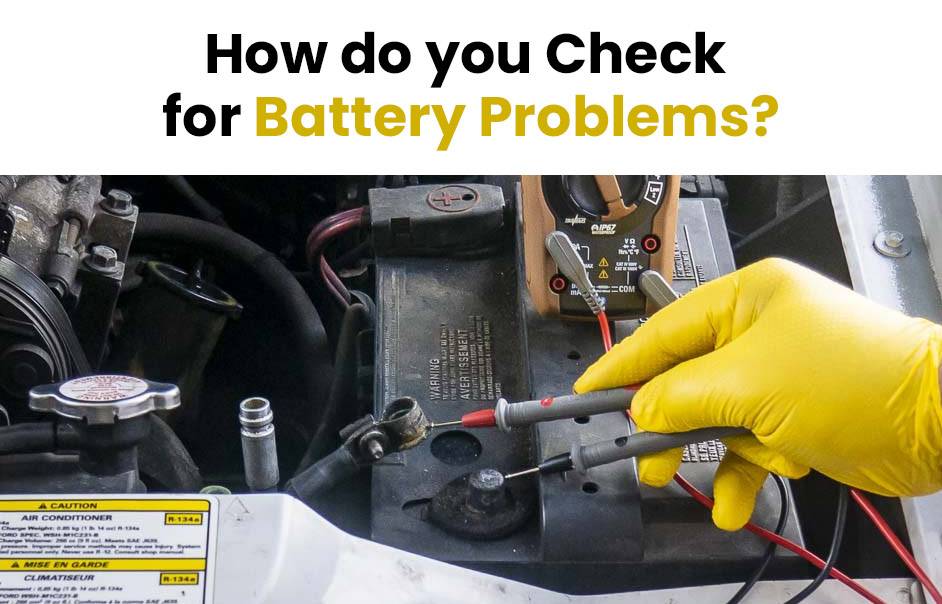
Checking for battery problems is essential for maintaining the performance and safety of your devices or vehicles. Common signs include slow starts, dimming lights, and unusual smells. Regular testing and monitoring can help identify issues early, ensuring you can address them before they lead to more significant failures.
What Are Common Signs of Battery Problems?
Common signs of battery problems include:
- Slow Engine Crank: If your engine cranks slowly when starting, it may indicate a weak battery.
- Dim Headlights: Dimming or flickering headlights suggest insufficient power supply.
- Electrical Issues: Problems with dashboard lights or electronic components can signal battery failure.
- Swollen Battery Case: A bulging battery case often indicates overheating or internal damage.
- Sulfur Smell: A rotten egg smell can indicate a leaking battery, which is a serious concern.
How Can You Test Your Battery at Home?
You can test your battery at home using several methods:
- Digital Multimeter (DMM): Measure voltage across the terminals. A healthy battery should read around 12.6 volts when fully charged.
- Load Testing: Apply a load to the battery while monitoring voltage; it should not drop below 9.6 volts during the test.
- Conductance Testing: Use a conductance tester to evaluate the battery’s ability to deliver current based on its voltage.
Why is Monitoring Voltage Important for Battery Health?
Monitoring voltage is crucial because it reflects the state of charge and health of the battery. A resting voltage reading can indicate whether the battery is adequately charged or if it requires replacement. Regular checks help prevent unexpected failures.
Which Tools Are Best for Checking Battery Condition?
| Tool | Purpose | Advantages |
|---|---|---|
| Digital Multimeter (DMM) | Measures voltage and resistance | Versatile and widely available |
| Conductance Tester | Assesses internal resistance | Quick and easy to use |
| Load Tester | Simulates load conditions | Provides accurate health assessment |
| Electrochemical Impedance Spectroscopy (EIS) | Analyzes chemical composition | Highly detailed but more complex |
How Do You Identify Electrical Issues Related to the Battery?
To identify electrical issues related to the battery:
- Check Dashboard Lights: Warning lights on your dashboard can indicate battery or charging system problems.
- Observe Electrical Components: If accessories like windows or radio function erratically, it may point to battery issues.
- Listen for Clicking Sounds: A clicking noise when starting often indicates insufficient power from the battery.
What Should You Do When You Smell Sulfur from the Battery?
If you detect a sulfur smell, it typically indicates that the battery is leaking acid, which can be hazardous. Here’s what to do:
- Turn Off All Electronics: Ensure safety by shutting down all electrical systems.
- Inspect the Battery: Look for visible signs of damage or leakage.
- Seek Professional Help: Have a qualified technician assess and replace the battery if necessary.
Can Regular Maintenance Help Prevent Battery Problems?
Yes, regular maintenance can significantly extend your battery’s life and performance:
- Keep Terminals Clean: Remove corrosion from terminals to ensure good connections.
- Check Fluid Levels: For non-sealed batteries, ensure electrolyte levels are adequate.
- Regular Testing: Schedule periodic tests to monitor health and performance.
What Replacement Options Are Available for Lithium-Ion Batteries?
For those looking for alternatives to lithium-ion batteries, options include:
- Nickel-Metal Hydride (NiMH): Offers good energy density but has a shorter lifespan.
- Lead-Acid Batteries: Cost-effective but heavier and less efficient than lithium-ion.
- Solid-State Batteries: Emerging technology with potential advantages in safety and energy density.
Redway Power has great solutions for replacing lithium-ion batteries with high-quality alternatives tailored to specific needs.
Tips for Battery Wholesale Buyers
When sourcing batteries wholesale, consider these key points:
- Quality Assurance: Ensure that manufacturers adhere to strict quality standards.
- Experience: Choose manufacturers with proven experience in lithium battery production.
- OEM Capabilities: Look for manufacturers like Redway Power, known for their OEM services, ensuring they can meet specific design requirements.
To place an OEM order with a reliable manufacturer like Redway Power, follow these steps:
- Define your specifications clearly.
- Contact the manufacturer to discuss your needs.
- Review samples or prototypes before finalizing your order.
Redway Power Expert Views
“Regularly checking your battery’s condition is vital not just for performance but also for safety,” states an expert from Redway Power. “Understanding early warning signs can save you from unexpected failures and costly replacements.”
FAQ Section
- What are common signs of a failing battery?
Common signs include slow engine cranking, dim headlights, electrical issues, swollen cases, and sulfur smells. - How often should I test my car battery?
It’s advisable to test your car battery at least twice a year, especially before extreme weather seasons. - Can I fix a leaking battery?
No, leaking batteries should be replaced immediately due to safety hazards associated with acid leaks.
